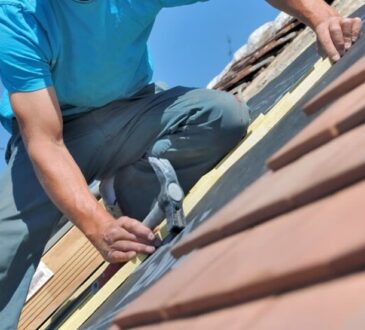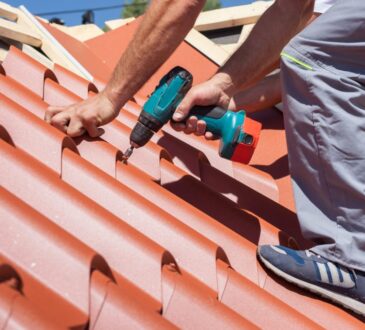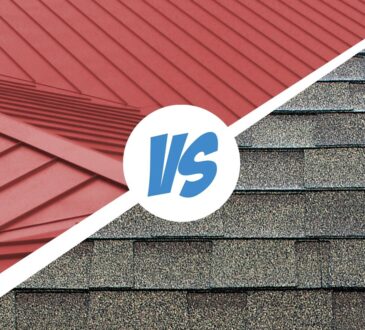
Cleaning a roof is an essential maintenance task to ensure the longevity and functionality of the roof. Over time, roofs can accumulate moss, algae, leaves, dirt, and other debris, which not only affects the appearance of the home but can also cause damage to roofing materials. Roof cleaning helps to prevent these issues and ensures that the roof remains in good condition. The process of cleaning a roof involves several steps, and it’s crucial that it is done safely and effectively. Here’s a breakdown of the typical roof cleaning process.
Initial Inspection
The first step in cleaning the roof is conducting a thorough inspection. This allows the cleaner to assess the roof’s condition, identify any areas of damage, and determine the type of cleaning method that is most appropriate. The inspection should include checking for loose or damaged tiles, cracks, and any signs of moss, algae, or lichen growth. Additionally, the condition of the gutters and downspouts should be evaluated, as blockages can often result from accumulated debris.
Choosing the Right Cleaning Method
There are different methods for cleaning a roof, and the choice of method largely depends on the type of roof, the extent of moss or algae buildup, and the materials used in the roofing. Common roof cleaning methods include:
- Pressure Washing: This method uses high-pressure water to remove moss, algae, and other debris. While effective, it can be harsh on some roof materials, particularly older roofs or those with loose tiles. Pressure washing should be used cautiously and typically avoided on delicate roofs.
- Soft Washing: Soft washing involves using low-pressure water combined with specialized cleaning solutions. This method is gentler than pressure washing and is often recommended for more delicate roofing materials, such as slate or tile. Soft washing not only cleans the roof but also kills the moss and algae spores to prevent future growth.
- Chemical Cleaning: Some roofs may require the use of cleaning chemicals, such as biocides, to effectively remove stubborn growth like moss, algae, and lichen. These chemicals are typically applied using a sprayer and are left to work for a set period before being rinsed away. It is crucial to use eco-friendly chemicals that are safe for the environment and surrounding vegetation.
Clearing Debris
Before any cleaning begins, it is essential to remove large debris, such as leaves, branches, and twigs, from the roof. This is typically done using a broom or by hand. This step is crucial to prevent further blockages in the gutters and to create a clear area for the cleaning process. A leaf blower or garden rake may also be used for efficient debris removal.
Rinsing and Removal of Cleaning Solution
After the cleaning solution has had time to work, it is important to rinse the roof thoroughly. For soft washing and chemical cleaning, this involves using low-pressure water to flush away the cleaning agents, moss, algae, and debris. In the case of pressure washing, the water flow itself helps to remove the remaining grime. The goal is to leave the roof free of any residue that could cause damage or attract further growth.
Conclusion
Roof cleaning is an essential part of home maintenance that not only improves the appearance of your property but also ensures the health of your roof. The process involves a thorough inspection, debris removal, careful application of cleaning solutions, rinsing, and possibly preventive treatments. By choosing the right roof cleaners near me and ensuring safety throughout the process, you can maintain the longevity of your roof and prevent costly repairs down the line. If you’re unsure about cleaning your roof yourself, it’s always wise to consult with a professional roof cleaning service to ensure the job is done safely and effectively.




